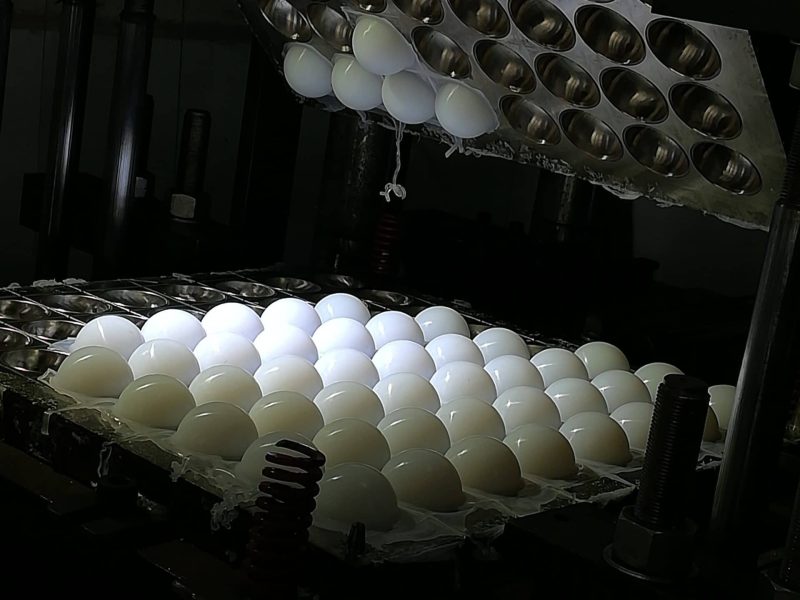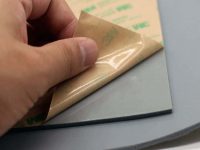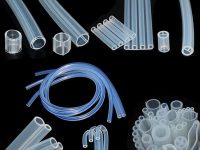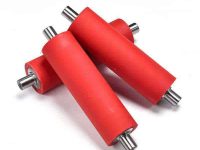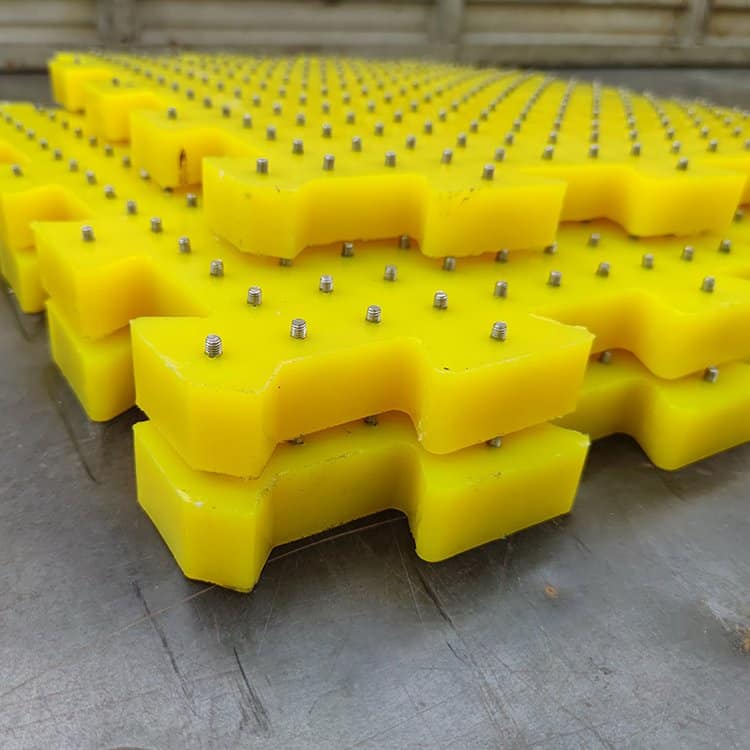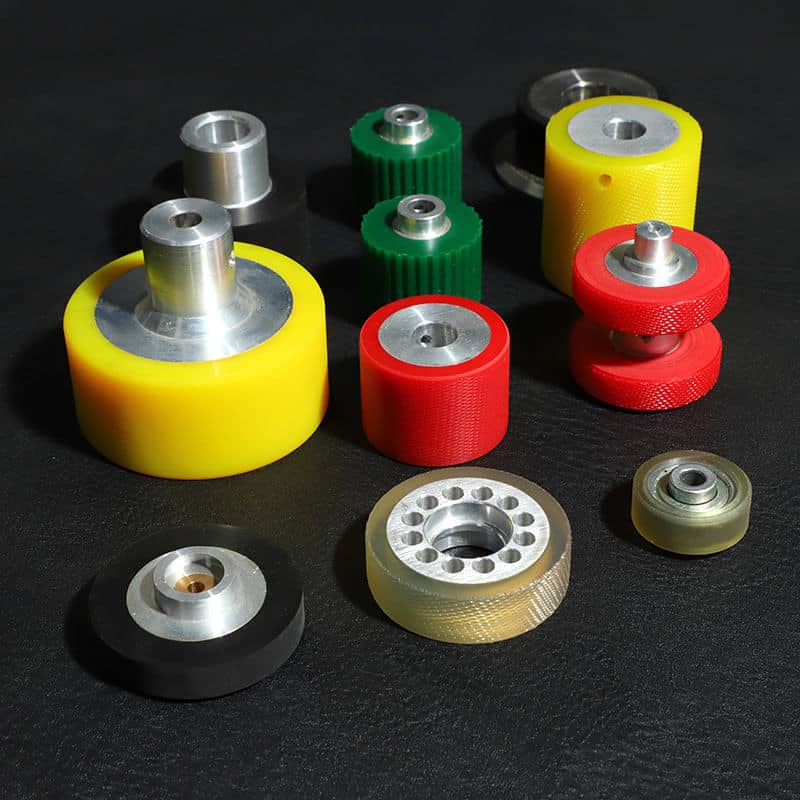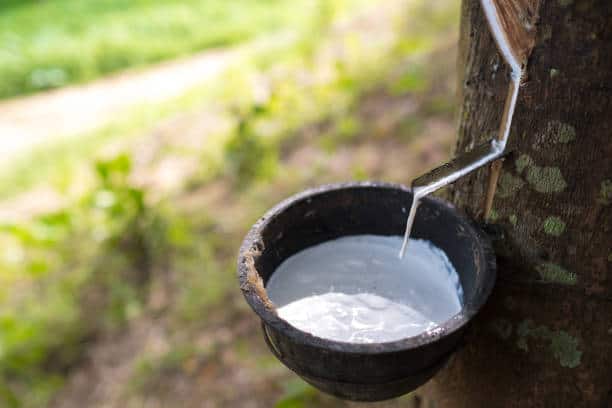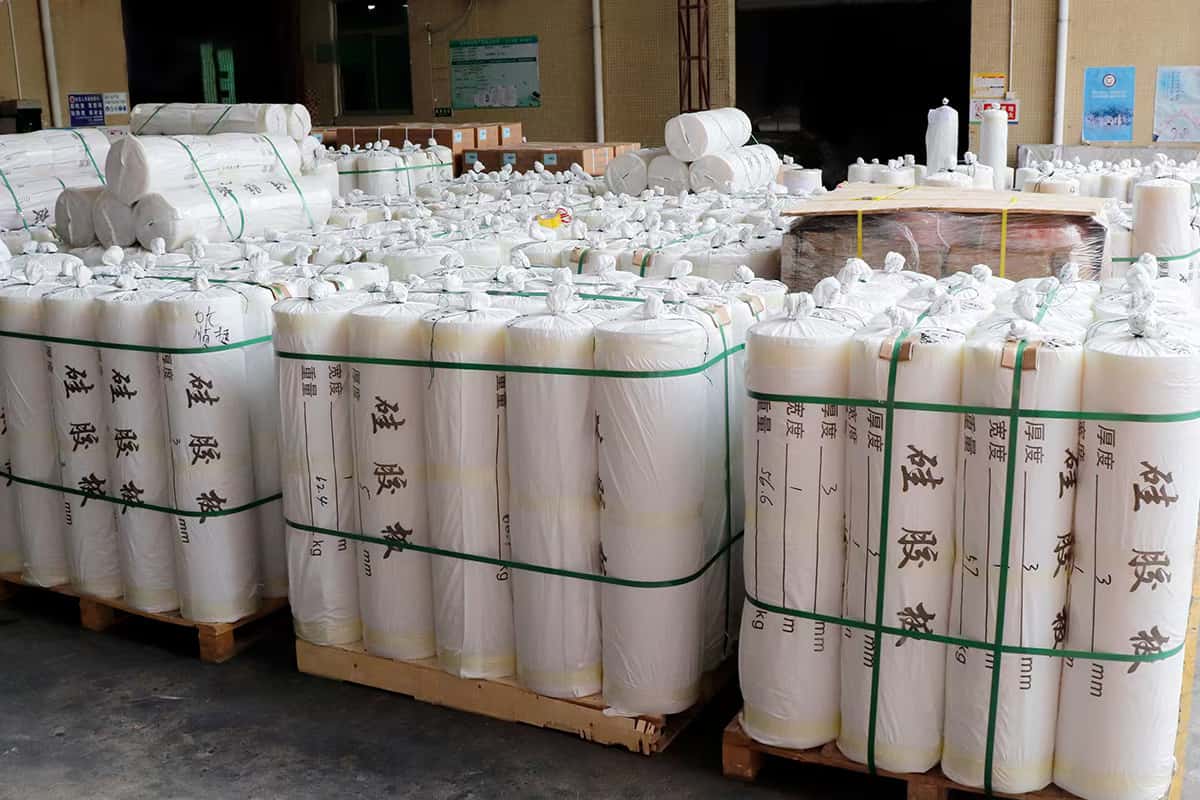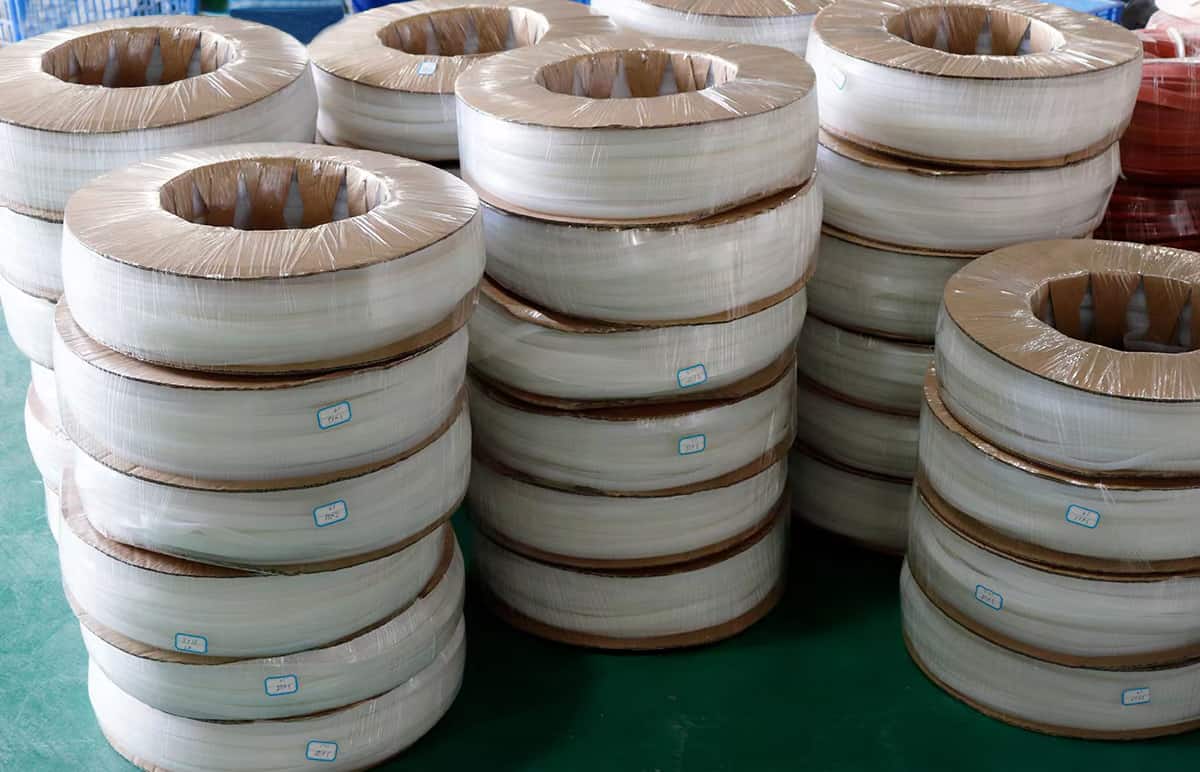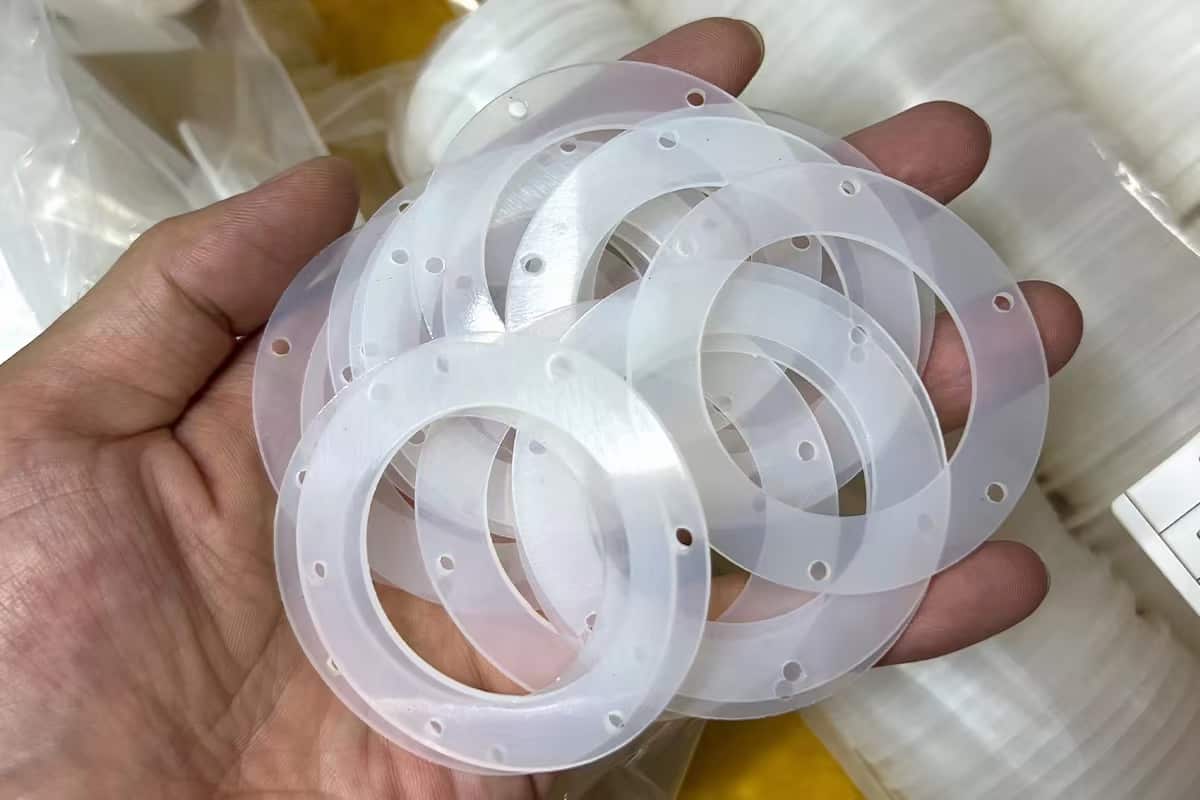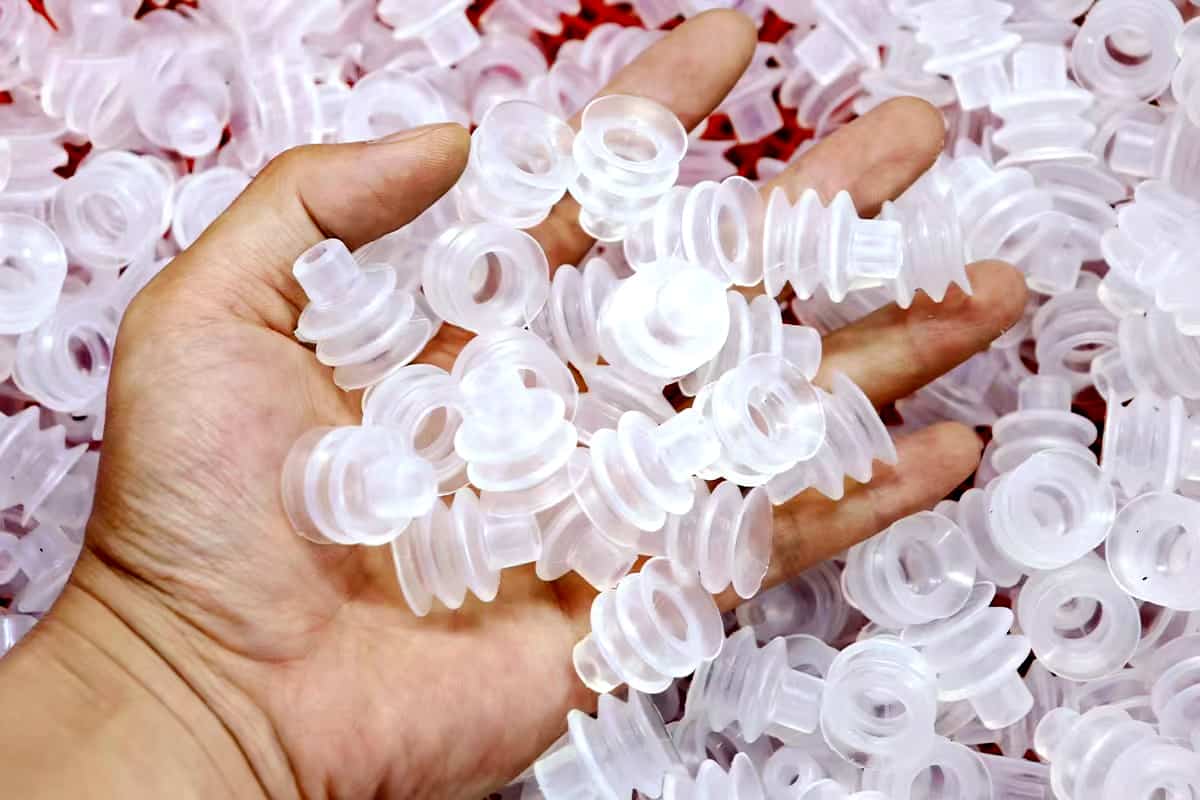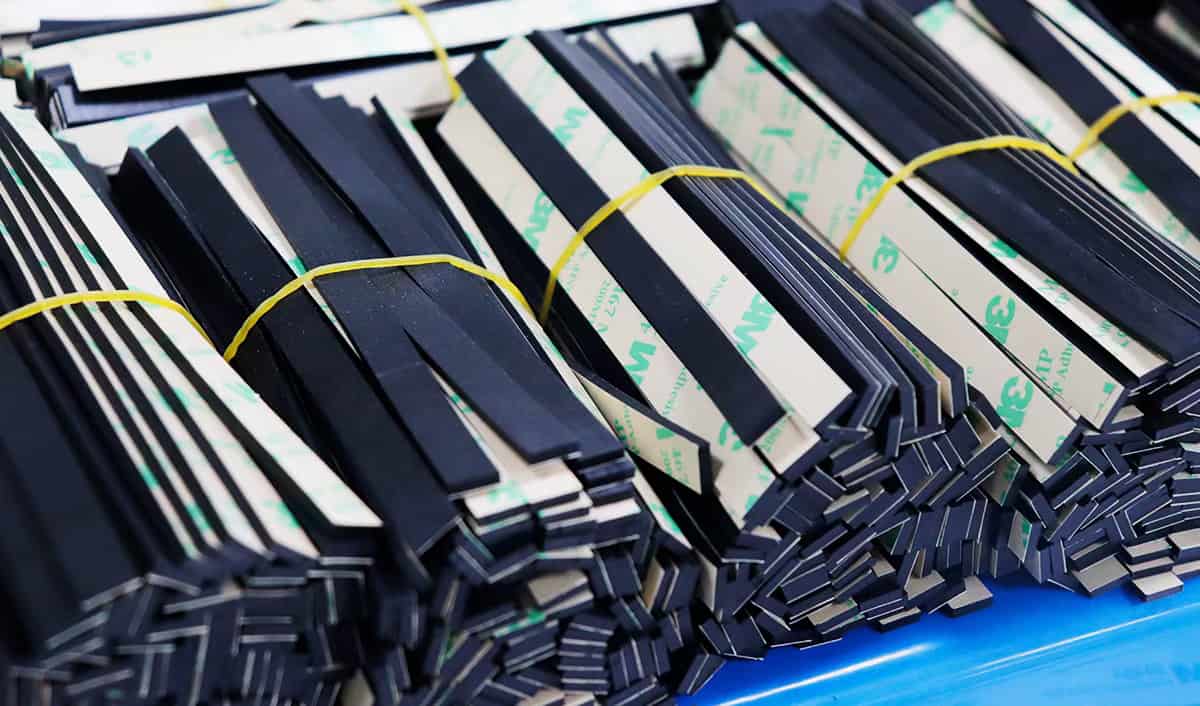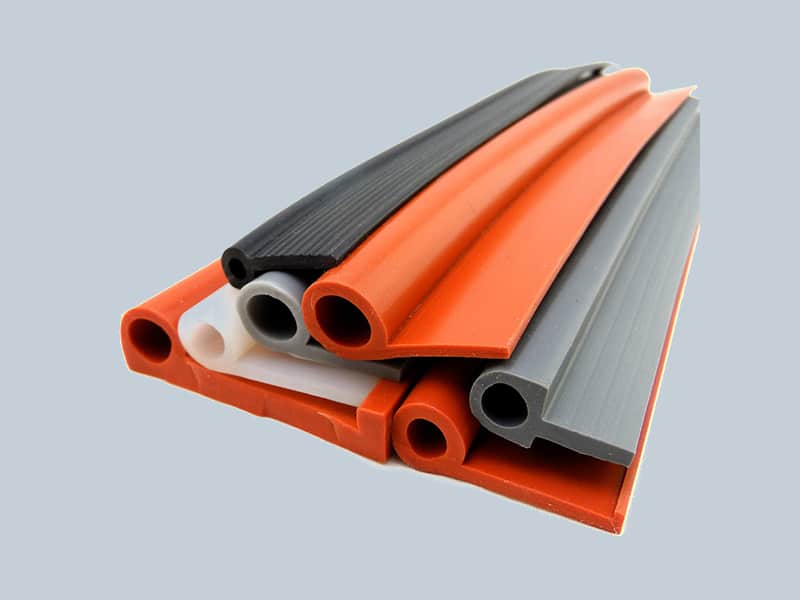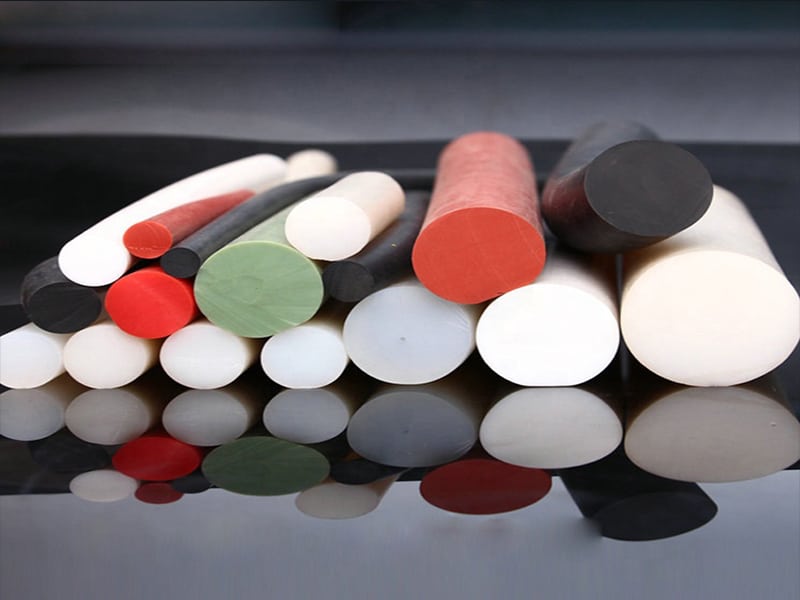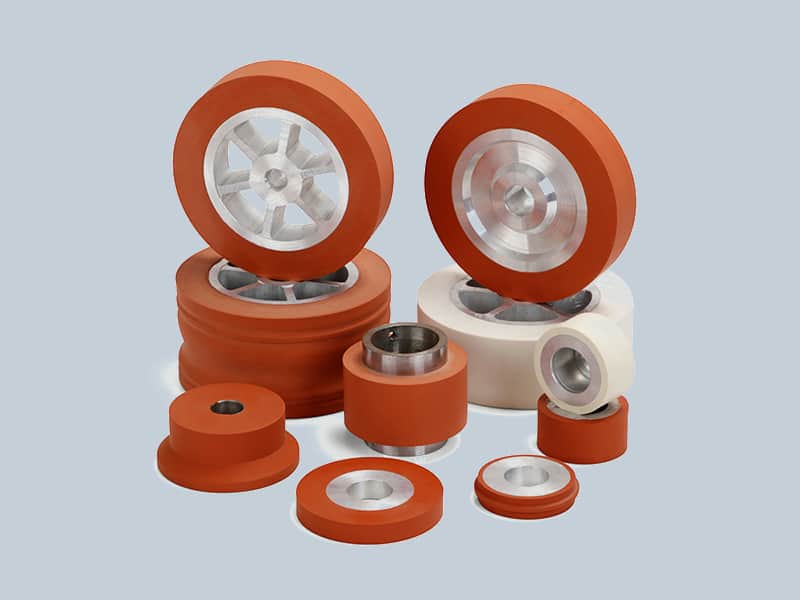There are many different types of rubber on the market today, but two of the most popular are silicone rubber and latex. They both have their own unique set of properties that make them suitable for different purposes. In this article, we will compare and contrast these two materials in terms of their physical and chemical properties, as well as their applications.
Introduction: what are silicone rubber and latex?
Silicone rubber and latex are both polymers, meaning they are made up of long chains of molecules. They are both elastic, meaning they can be stretched and then return to their original shape. Silicone rubber is a synthetic polymer made up of silicone, oxygen, and hydrogen atoms. Latex is a natural polymer made up of compounds found in plants. They are both used in products that need to be flexible and have a high degree of resistance to heat and cold. However, there are some key differences between the two materials.
Silicone rubber is made from silicone, a synthetic polymer. It has a higher level of heat resistance than latex, making it ideal for products that will be exposed to extreme temperatures. It is also resistant to oils and chemicals, which makes it ideal for use in medical devices or seals that need to resist harsh conditions. However, silicone rubber is more expensive than latex.
Latex is made from natural rubber, which comes from the sap of certain trees. It is less expensive than silicone rubber but not as resistant to extreme temperatures or chemicals.
What are the differences between silicone rubber and latex?
-Both silicone rubber and latex are elastic polymers with a wide range of applications.
-Silicone rubber is made from silicon, a natural element found in sand and quartz. Latex comes from a variety of natural sources like tree sap and milk. As a result, silicone rubber is more heat resistant and durable than latex.
-Silicone rubber is an synthetic rubber and is resistance to extreme temperatures, UV light, ozone, and chemical degradation. Latex is a natural polymer that can degrade over time when exposed to sunlight and ozone. Silicone rubber doesn’t break down as easily as latex when exposed to UV light or other elements
-Silicone rubber does not interact with other materials, while latex can cause allergic reactions in some people. Silicone rubber is usually less allergic than latex.
Properties of silicone rubber: heat resistance, weather resistance, electrical insulation
Silicone rubber is an elastomer composed of silicone—itself a polymer—and oxygen. Silicone rubbers are widely used in industry, and there are multiple formulations. Silicone rubbers vary in their physical and chemical properties, which are dictated by the type of silicone oil, cross-linking agent, fillers, and additives used. Common properties of silicone rubbers include:
-Heat resistance: Silicone rubbers can withstand temperatures from −55 to 300 °C (−67 to 572 °F) while still maintaining their useful properties. Silicone rubber strips are resistant to extreme temperatures, both hot and cold, making it ideal for use in a wide range of settings.
-Weather resistance: Silicone rubber does not degrade when exposed to sunlight or weathering like other elastomers. This property makes it ideal for outdoor applications where other materials would quickly degrade. Water resistance Although silicone rubber is not a truly water-resistant material, it can withstand certain moisture levels. A silicone rubber gasket can be used in a variety of applications that are exposed to high humidity or rain.
-Electrical insulation: Silicone rubber is an excellent electrical insulator. It has a high dielectric strength and can withstand high voltages. Silicone rubber also has a low thermal conductivity, making it ideal for use in electrical applications where heat dissipation is a concern. Silicone rubber is also resistant to ozone and ultraviolet radiation, making it an ideal material for outdoor applications.
-Resistant to water and chemical: It is also resistant to water and chemicals, making it ideal for use in medical, food and beverage, and industrial applications. Silicone rubber is also non-toxic and hypoallergenic, making it safe for use with sensitive skin.
Properties of latex: biodegradable, elasticity, safe and durable
Latex is a biodegradable material made from the sap of rubber trees. It is a natural material, and therefore has some inherent advantages over synthetic materials like silicone.
Latex is very elastic, meaning it can be stretched and returned to its original shape without being damaged. This makes it ideal for use in many applications, such as gloves, condoms, and balloons. Latex is also resistant to UV light and oxygen, making it more durable than some other materials.
Latex is a material that has been used in products for many years. It is made from natural ingredients and is therefore biodegradable. It is also hypoallergenic, so it is safe for people with latex allergies.
Latex is also very durable and has a high resistance to tearing.
The drawbacks of silicone rubber
One of the main drawbacks of silicone rubber is its cost. Silicone rubber is more expensive than other types of rubber, such as natural rubber, neoprene rubber and urethane rubber.
The drawbacks of latex
While latex has many advantages, there are also some potential drawbacks to consider. For example, latex can cause allergic reactions in some people. In addition, latex is not biodegradable and thus is not a very environmentally friendly option.
Uses of silicone rubber: medical devices, cookware, sealants
Silicone rubber tubes are used in a variety of medical devices because it is inert, meaning it does not interact with the body or cause rejection like some other materials. It is also flexible and can maintain its shape over time, making it ideal for long-term use in implants and prosthetics. Additionally, silicone rubber does not break down when exposed to body fluids or high temperatures, making it ideal for use in cookware and sealants.
Uses of latex: gloves, condoms, balloons
There are many uses for latex gloves, condoms and balloons. latex is a material that is derived from the sap of rubber trees. It is a natural product that is biodegradable and hypoallergenic. It has been used for centuries in many different applications.
Latex gloves are commonly used in the medical field, as they provide a barrier between the patient and the caregiver. They are also used in food service, as they protect against foodborne illnesses. Condoms are made of latex and are used to prevent pregnancy and the spread of sexually transmitted diseases. Balloons are also made of latex and are often used for decoration or as party favors.
Latex is used in the manufacturing of latex paint, rubber cement, and other household products. Latex is also commonly used in the construction industry, as it can be used to create weatherproofing sealants and adhesives.
Conclusion
There are many different types of rubber on the market, each with its own set of benefits and drawbacks. In the case of silicone rubber vs latex, it is clear that silicone rubber has several advantages over latex. Silicone rubber is more durable, has a higher heat resistance, and is less likely to cause allergic reactions than latex. However, latex is often less expensive than silicone rubber, and may be a better choice for applications where flexibility and elasticity are more important than durability.

